Pet parents: the new nutritionists?
For pet parents, feeding their pets diets with the same healthy, high-quality ingredients and nutritional benefits they demand for themselves is one way to apply their own holistic approach of health management to their beloved animal.
When they find a brand that can meet those needs throughout every stage of an animal’s life, they are loyal to that brand.
But owners now have greater access than ever before to nutrition and health information, especially through online and connected solutions. These new self-made experts in nutrition carefully research and monitor what’s in pet foods as well as their pets’ health and well-being. That can make it challenging for brands to prove the trustworthiness of their healthy positioning.
To do so, manufacturers focus on transparency and product formulation. Strategies range from removal of potentially unhealthy and harmful substances to enhancement of recipes with health-promoting ingredients.
Carefree joy: The “free-from” challenge
Pet owners are looking for natural and healthy products with “whole,” “fresh” and “real” ingredients that provide them with a guilt-free and reassuring solution for what to feed their animals.
The abundance of “free from” claims on pet food labels is evidence of this quest for purity.
Indeed, manufacturers struggle against the undesirable image of certain pet food ingredients such as grains, rendered meals, soy, sugar, carrageenan, or monosodium glutamate, to mention just a few. An option for them is thus to remove controversial substances from their formula.
Creating « free from » products doesn’t have to mean compromising on flavor and enjoyment. The new generation of clean pet foods is appealing to pets and their people while still promoting good health.
Industry professionals can also decide to keep contested ingredients in their formula while correcting exaggerated and distorted rumors. They must for instance educate consumers on how to avoid leaps of logic and conflation of human and pet health concerns.
Performance fuel: the right balance of good nutrients
Making war on empty calories and carbohydrates or “bad carbs,” pet parents are looking for nutritionally balanced formulas containing high quality nutrients that meet specific animal requirements and fulfill certain dietary functions.
For instance, to address growing concerns about pet obesity, they choose high-fiber pet food to ensure satiety and encourage reduced food intake.
Owners also select formulas that contain good fats recognized for their health benefits. They favor foods including fish oil – associated with brain health-, coconut oil – thought to be beneficial for weight management-, or olive oil – associated with the heart-healthy Mediterranean diet.
The boom of high-protein pet foods is another illustration of the consumer and industry focus on nutrients.
First of all, diets rich in proteins have a superior image and generally stand for super-premium quality.
For pet owners receptive to the paleo trend, diets with high level of protein also better fit dogs’ and cats’ true nature.
Protein-rich foods can also satisfy pet parents who want to share physical exercise with their pets. For athletic animals as for humans, protein is expected to boost performance and preserve muscle mass. Convenient on-the go solutions such as protein bars for dogs are available to facilitate pet owners healthy routine with their furry friend.
Besides protein level, the question of protein source is widely discussed as well among scientists, industry players, and consumers.
Some favor exotic options (e.g., goat, bison, game, kangaroo, mackerel) chosen to bring variety or for animals with sensitivities to more mainstream proteins, while others are in favor of a more sustainable plant-based diet despite the carnivorous nature of pets.
Preventive care: the power of ingredients
With the mantra prevention is better than cure; pet owners seek more than foods. They select pet foods with specific functionalities and include them as an integral part of their animal’s health and well-being program.
Brands highlight specific ingredients that are scientifically validated or traditionally recognized for their positive effects. Natural ingredients with functional claims include “super” berries such as blueberries or goji berries, pre- and probiotics, krill, and green lipped mussels.
Based on current product positioning, common pet food functionalities include hip and joint, skin and coat, hairball relief, urinary tract health, oral care, and weight loss.
Emerging market segments reflect new concerns of an increasing number of pet owners.
For example, stress management and mood enhancement related to the fear, anxiety and stress of growing urbanization and societal changes are clearly becoming the hot new focus in pet foods, treats and supplements. Buzzy botanicals such as CBD (cannabidiol) are of special interest.
On another level, pet parents are increasingly attracted by the promise of longevity and how it can be affected by nutrition. Key words like “immunity” or “cellular anti-oxidation” may become the new purchase trigger.
Finally, the next bet for the health segment of the pet food market may be customizable diets that allow pet parents to complete an online profile for their specific animals, let algorithms determine the best nutrition for them, and receive a tailor-made diet directly at home.
Source: Mintel GNPD
Take-home points
- Nutrition is the starting point for a healthy way of life
- Pet parents are becoming ever more expert regarding their companions’ nutritional needs
- Beyond selecting claims, pet owners look for well-balanced diet, natural ingredients recognized for their quality and health benefits, without sacrificing the pet’s enjoyment of the food.

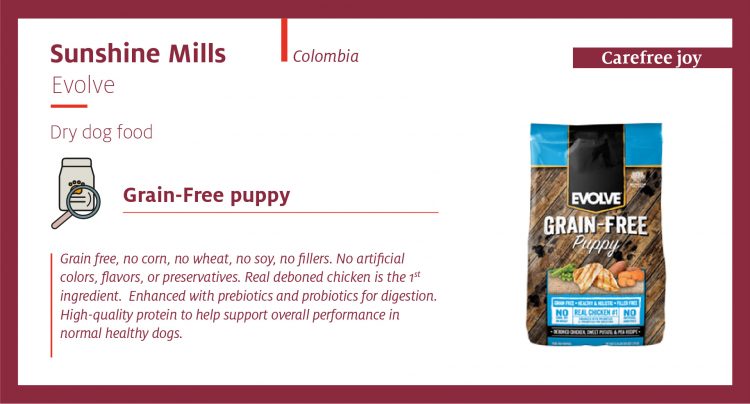
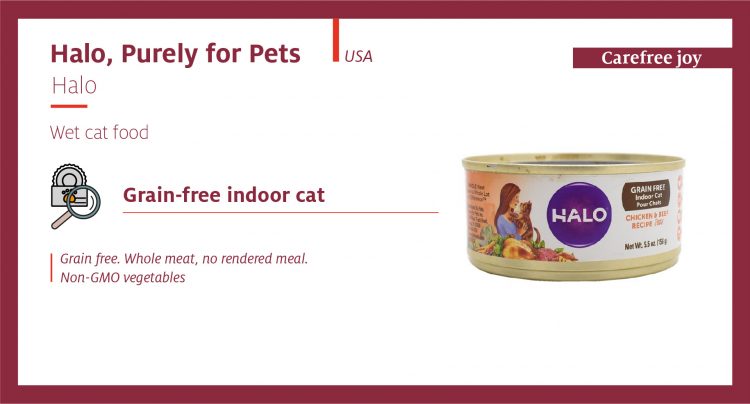
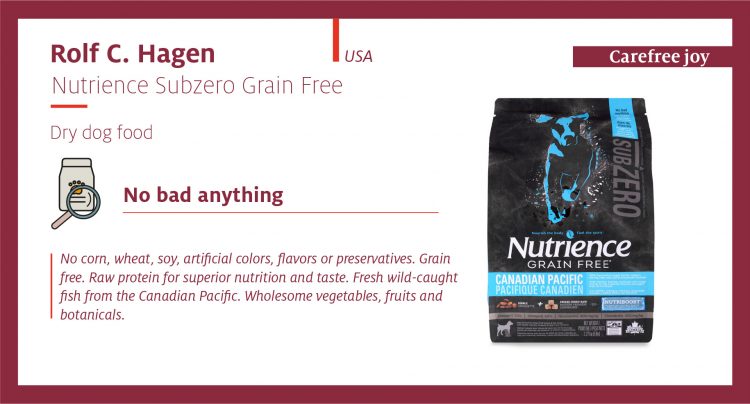
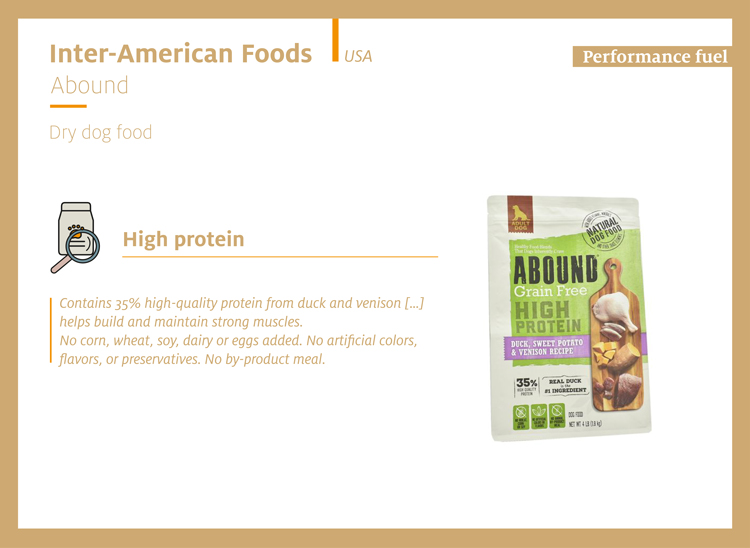

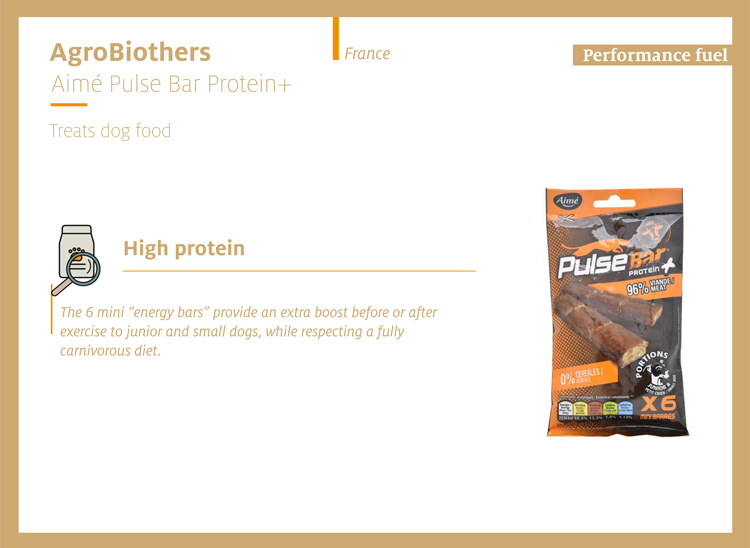
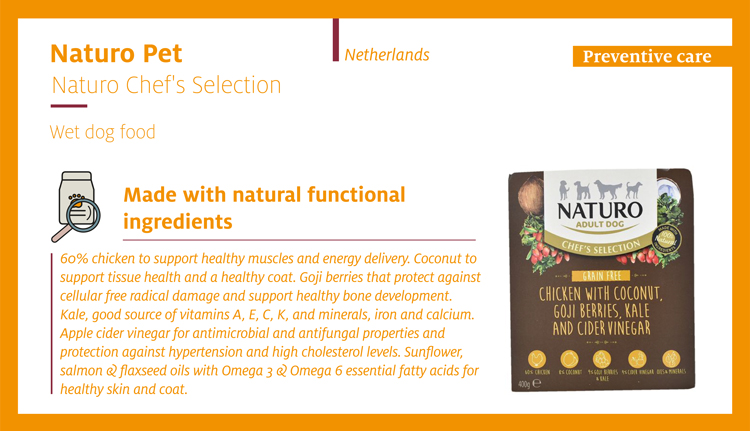
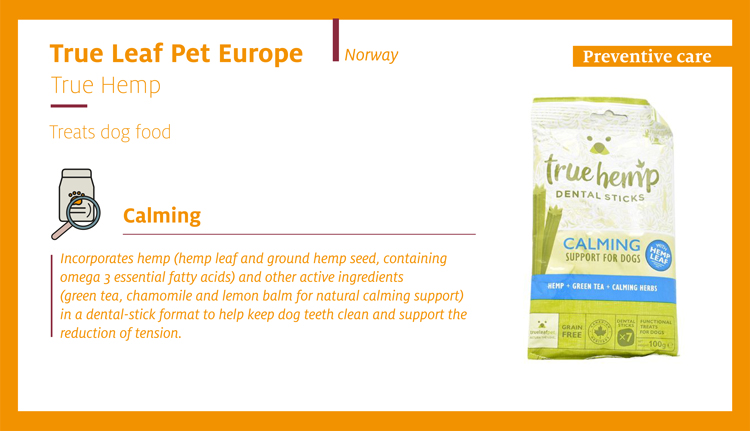
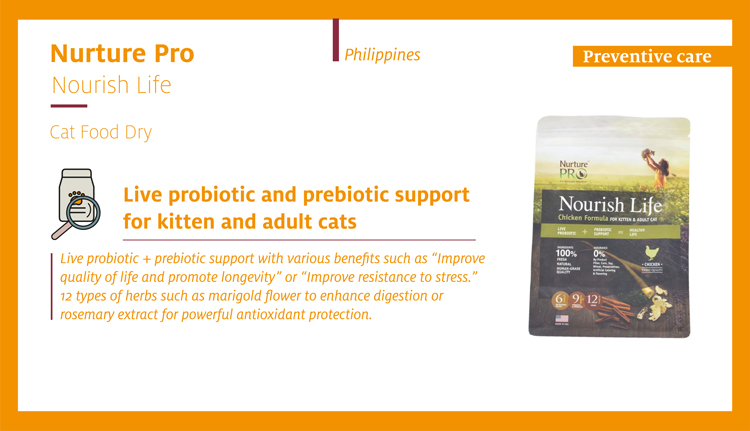


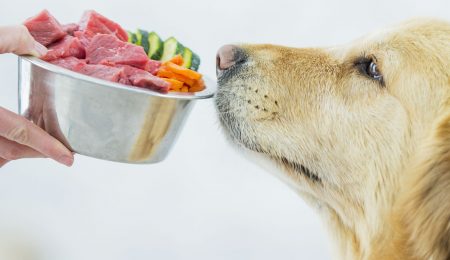

* required fields